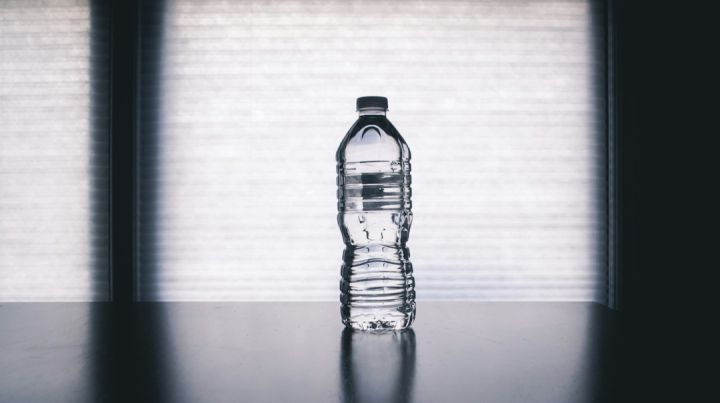How to Purify Water in the Wild Without a Filter?

When venturing into the great outdoors, knowing how to purify water in the wild without a filter is an essential skill. Whether you’re camping, hiking, or backpacking, having access to clean drinking water is crucial for your health and well-being. In this article, we will explore several effective methods to purify water in the wild, even when you don’t have a filter handy.
Boiling
One of the simplest and most reliable methods of purifying water is boiling. Boiling water kills any harmful bacteria, parasites, or viruses that may be present. The water should be brought to a rolling boil and maintained for at least one minute. If you are at higher altitudes, where water boils at a lower temperature, it’s recommended to boil it for at least three minutes to ensure its safety.
Solar Disinfection
Solar disinfection, also known as SODIS, is a method that utilizes the sun’s UV rays to kill bacteria and other microorganisms. To use this method, fill a clear plastic or glass bottle with water and place it in direct sunlight for at least six hours. The UV rays will penetrate the water and destroy any harmful pathogens. However, keep in mind that this method may not be effective in extremely cloudy or overcast conditions.
Chemical Treatment
Chemical treatment is another effective way to purify water in the wild without a filter. There are several common chemicals that can be used for this purpose, such as iodine or chlorine tablets. Simply follow the instructions on the packaging for the correct dosage and wait for the recommended contact time. Chemical treatment is quick and easy, but it may leave a slight taste or odor in the water.
Improvised Filter
If you don’t have a proper filter, you can create an improvised filter using natural materials. Start by finding a container to hold the water, such as a plastic bottle or a hollowed-out piece of bamboo. Then, gather some materials to act as a filter, such as sand, gravel, and charcoal. Layer these materials inside the container, starting with the coarsest (gravel), followed by the medium (sand), and finishing with the finest (charcoal). Pour the water through the improvised filter, and it will help remove larger particles and some bacteria.
Distillation
Distillation is a more advanced method of purifying water, but it can be effective in eliminating most contaminants. To distill water, you will need a heat source, a container to collect the distilled water, and a way to create condensation. Start by heating the water until it reaches its boiling point, then collect the steam by placing a clean container on top of the heat source. As the steam cools down, it will condense back into liquid form, leaving behind any impurities. The collected water is now purified and safe to drink.
Conclusion
When you find yourself in the wild without a filter, it’s important to know how to purify water using alternative methods. Boiling, solar disinfection, chemical treatment, improvised filters, and distillation are all viable options to ensure the water you consume is safe and free from harmful pathogens. Remember to always prioritize your health and well-being by taking the necessary steps to purify water in the wild.
